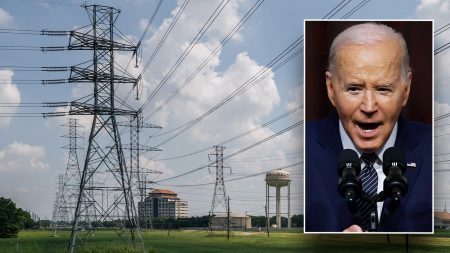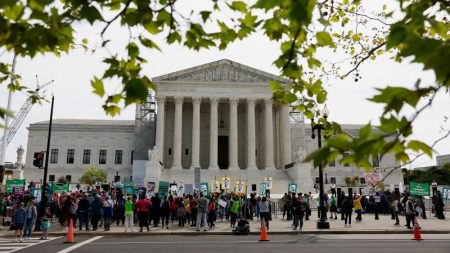The state of Ohio’s 2019 law banning most abortions has been deemed unconstitutional by the state’s Republican Attorney General following an abortion referendum that enshrined abortion rights into the state’s constitution last year. The law prohibited most abortions once fetal cardiac activity could be detected, which can occur as early as six weeks into pregnancy. The Attorney General agreed to strike down the core prohibition of the law while allowing other provisions to remain in place, such as requirements for doctors to check for a heartbeat and inform patients, as well as documenting the reason for the abortion.
The decision to challenge the law comes after Ohio voters approved an amendment that protects abortion access in the state constitution. In response to the legal challenge from abortion clinics, Attorney General Dave Yost acknowledged the will of the people but also emphasized the need to prevent overreach and protect parts of the law that the amendment does not address. The ACLU of Ohio criticized the continued litigation as unnecessary and argued that the case should be resolved without further delay.
The law, signed by Republican Governor Mike DeWine in 2019, faced legal challenges that put it on hold after the Roe v. Wade decision was overturned in 2022. The case made its way through the courts, ultimately leading to the state Supreme Court dismissing an appeal by the Attorney General’s office due to a change in the law. The case has since been returned to the lower courts, where it now awaits a decision by Hamilton County Court of Common Pleas Judge Christian Jenkins.
The controversy over Ohio’s abortion law highlights the ongoing legal battles surrounding reproductive rights in the state and across the country. With the passage of the abortion referendum enshrining abortion access into the state constitution, the legal landscape for abortion rights in Ohio has shifted, leading to renewed debates over the constitutionality of restrictive abortion laws. The outcome of this case could have implications for future legal challenges to abortion restrictions in Ohio.
The continued litigation over Ohio’s abortion law underscores the complexity of the legal issues surrounding reproductive rights and constitutional protections. The conflicting interpretations of the law by different parties reflect the broader debate over the balance between protecting women’s rights to choose abortion and regulating the practice of abortion. As the case moves through the court system, the legal arguments presented by both sides will play a crucial role in determining the future of abortion rights in Ohio and potentially setting a precedent for other states facing similar challenges.
Given the significant implications of this case for abortion rights in Ohio and beyond, the decision by Judge Jenkins in the Hamilton County Court of Common Pleas will be closely watched by advocates on both sides of the abortion debate. The outcome of this case could have far-reaching consequences for reproductive rights and could shape the legal landscape for abortion laws in Ohio and other states. As the legal battle continues, it remains to be seen how the courts will ultimately resolve the conflicting interpretations of the law and the constitutional amendments protecting abortion access in Ohio.














